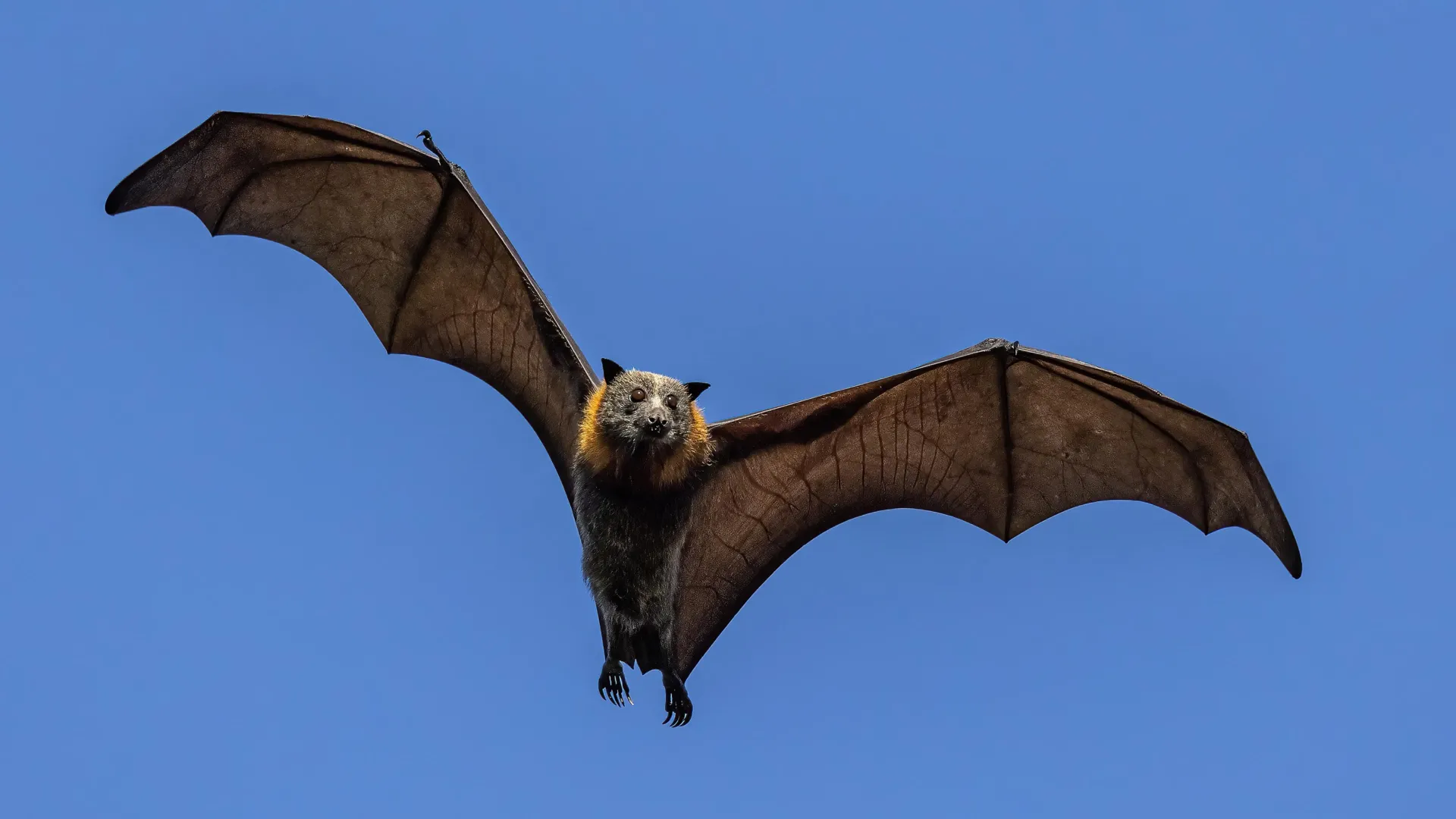Young Bats May Hold Clues to How New Coronaviruses Emerge, Study Finds
New research from the University of Sydney sheds light on when and how new coronavirus variants develop in bat populations—offering scientists a potential roadmap to predict future virus spillovers.
While bats play a vital role in ecosystems, growing habitat loss and environmental stress are pushing them closer to human populations, increasing the risk of disease transmission. The study, published July 17 in Nature Communications, reveals that young bats are more frequently infected with coronaviruses—and could be key to understanding how new viral strains emerge.
“Coronaviruses tend not to be a major issue for bats,” said Dr. Alison Peel, lead researcher from the University’s School of Veterinary Science. “But when they spill into other species, including humans, they can behave very differently.”
What the Study Found
Over three years, researchers collected more than 2,500 fecal samples from two species—black flying foxes and grey-headed flying foxes—at five roosts along eastern Australia. These samples, which contain the viruses bats shed, revealed clear patterns:
Infection rates were highest in young bats from March to July, during weaning and early adolescence.
Many of these bats were co-infected with multiple coronaviruses—a finding that surprised researchers.
“Co-infection gives different viruses a chance to mix in the same cell,” Dr. Peel explained. “That’s a natural setup for new variants to form.”
The Viruses Detected
Researchers found six types of coronaviruses, all belonging to a group called nobecoviruses, which do not infect humans. However, these viruses are close relatives of sarbecoviruses, the group that includes SARS and COVID-19.
“By studying nobecoviruses, we gain safer insight into the evolution of more dangerous coronaviruses,” said Dr. John-Sebastian Eden, co-author and virologist at the Westmead Institute for Medical Research.
Using genomic tracking, the team followed individual infections over time and across locations—making this one of the most comprehensive bat coronavirus studies to date.
What This Means for Human Health
The findings provide a model for anticipating when and where high-risk coronaviruses might emerge—especially during seasons when young bats are most vulnerable.
The study also underscores the potential link between environmental stress and disease outbreaks.
“Stress from habitat loss or food shortages may weaken bats’ immune systems,” said Dr. Peel. “This could increase their susceptibility to viruses—including those that may eventually pose a threat to humans.”
A Foundation for Future Research
This study builds on earlier work tracking Hendra virus, another bat-borne disease, and offers a crucial framework for future virology.
“It’s rare to see this scale of data even in human virus studies,” said Dr. Peel. “We now have a powerful foundation to better understand how environmental change influences the emergence of new coronaviruses.”
